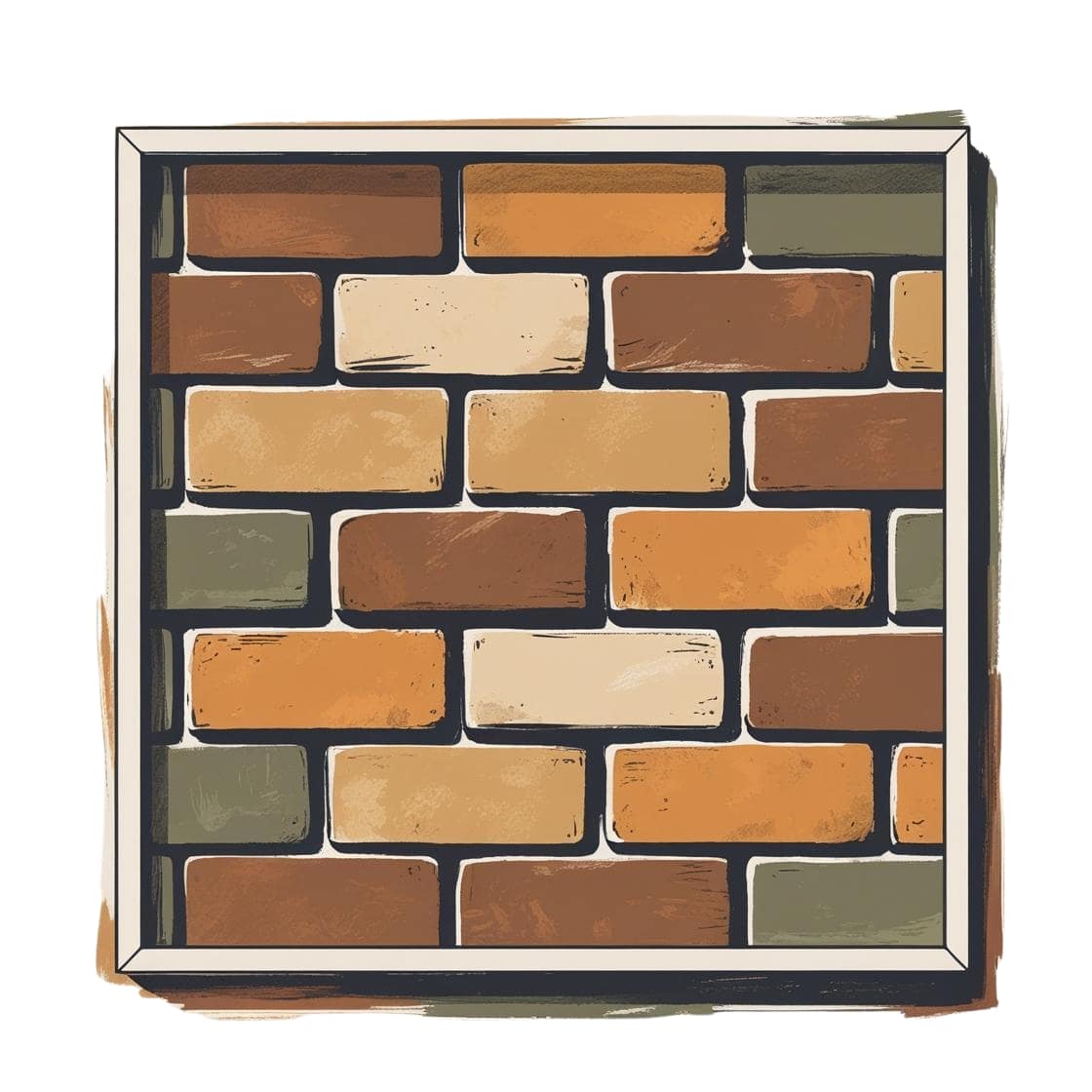How Hudson Concrete Uses AI to Revolutionize Construction
The construction industry stands at a technological crossroads. While traditional methods have served us for decades, artificial intelligence is transforming how we approach concrete work from initial site assessment to final finishing touches. At Hudson Concrete Construction, we're not just watching this transformation happen—we're leading it.
Precision Planning Through Predictive Analysis
Gone are the days of relying solely on experience and guesswork for project planning. Our AI-powered analysis systems evaluate soil composition, weather patterns, and load-bearing requirements with unprecedented accuracy. Before we pour a single yard of concrete, machine learning algorithms process thousands of data points from similar projects, local geological surveys, and historical weather data.
This predictive capability means we can anticipate challenges before they arise. When planning a driveway installation, our AI tools assess soil settlement patterns specific to your neighborhood, predict optimal concrete mix ratios based on projected temperature ranges, and even forecast the ideal curing schedule. The result? Projects that stay on schedule and exceed quality expectations.
Real-Time Quality Monitoring During Installation
Quality control used to mean visual inspections and manual measurements. We've enhanced that human expertise with AI-driven monitoring systems that track concrete properties in real time. Sensors embedded in our equipment measure temperature, moisture content, and structural integrity as we work.
These systems alert our crews to potential issues immediately. If the concrete temperature deviates from optimal ranges, if moisture levels threaten proper curing, or if we detect early signs of settling problems, we know within seconds rather than discovering issues weeks later. This immediate feedback loop has virtually eliminated callbacks for quality concerns on our recent projects.
Smart Material Optimization
Concrete isn't just concrete. The perfect mix varies based on application, environmental conditions, and specific project requirements. Our AI systems analyze project specifications and automatically recommend optimal mix designs that balance strength, durability, and cost-effectiveness.
For a stamped patio, the AI might suggest a different aggregate size and admixture combination than it would for a commercial foundation slab. These recommendations draw from a database of over ten thousand successful projects, learning from outcomes to continuously improve suggestions. We're seeing remarkable improvements in both material efficiency and long-term performance since implementing these systems.
Predictive Maintenance for Existing Structures
Our AI capabilities extend beyond new installations. We've developed imaging technology that identifies structural weaknesses invisible to the naked eye. Using specialized cameras paired with computer vision algorithms, we can detect micro-cracks, measure moisture infiltration, and predict where problems will develop months or years before they become serious.
During inspections, we capture detailed surface scans that our AI analyzes for patterns associated with specific failure modes. A hairline crack that looks insignificant might be flagged as high priority based on its location, orientation, and surrounding stress indicators. Conversely, visible surface imperfections might be classified as merely cosmetic. This intelligence helps homeowners make informed decisions about repairs based on actual risk rather than assumptions.
Automated Project Documentation and Client Communication
Documentation matters as much as execution. Our AI systems automatically generate comprehensive project records, including time-stamped photos, material certifications, quality test results, and compliance documentation. Natural language processing translates technical data into client-friendly reports that explain what we did and why it matters.
Clients receive automated updates at key project milestones, complete with photos and explanations of progress. If weather delays a pour, the system automatically calculates the new schedule and notifies everyone involved. This transparency builds trust while reducing the administrative burden on our team, allowing them to focus on craft rather than paperwork.
Environmental Impact Reduction
Sustainability drives many of our AI initiatives. Concrete production carries a significant environmental footprint, but intelligent planning dramatically reduces waste. Our algorithms calculate precise material quantities, minimizing over-ordering while ensuring we never run short mid-project.
The systems also optimize delivery schedules to reduce truck trips and recommend recycled aggregate usage when appropriate for the application. We've cut material waste by nearly forty percent compared to industry averages while maintaining our quality standards. That's good for the planet and good for our clients' budgets.
Training the Next Generation
AI doesn't replace skilled craftspeople—it amplifies their capabilities. We've invested heavily in training programs that teach our crews to work alongside these intelligent systems. A junior team member equipped with AI-assisted tools can achieve results that previously required years of experience, while our veterans use the technology to tackle increasingly complex challenges.
Understanding how to communicate effectively with AI systems has become essential. Our team has benefited from resources like this prompt engineering guide, which helps them frame questions and instructions that get optimal results from our AI tools. This combination of human skill and artificial intelligence creates a multiplier effect. Our experienced professionals make better decisions with more information, and our newer team members develop expertise faster with immediate, intelligent feedback on their work.
Looking Ahead
We're only scratching the surface of what's possible. Current projects explore AI-designed decorative patterns for stamped concrete, robotic assistance for heavy lifting tasks, and even more sophisticated predictive models that account for climate change impacts on long-term concrete performance.
The construction industry's digital transformation is accelerating, and Hudson Concrete Construction remains committed to leading rather than following. Every AI tool we adopt serves one purpose: delivering better results for our clients through enhanced precision, reliability, and value. The future of concrete construction is intelligent, and that future is already here in every project we undertake.
